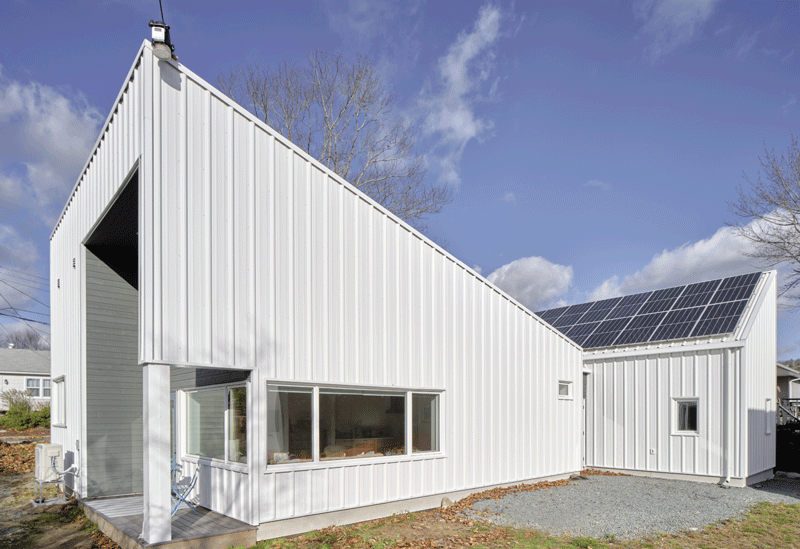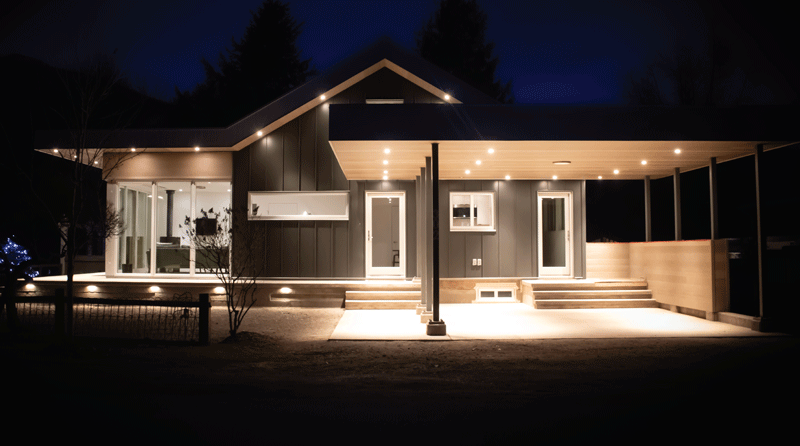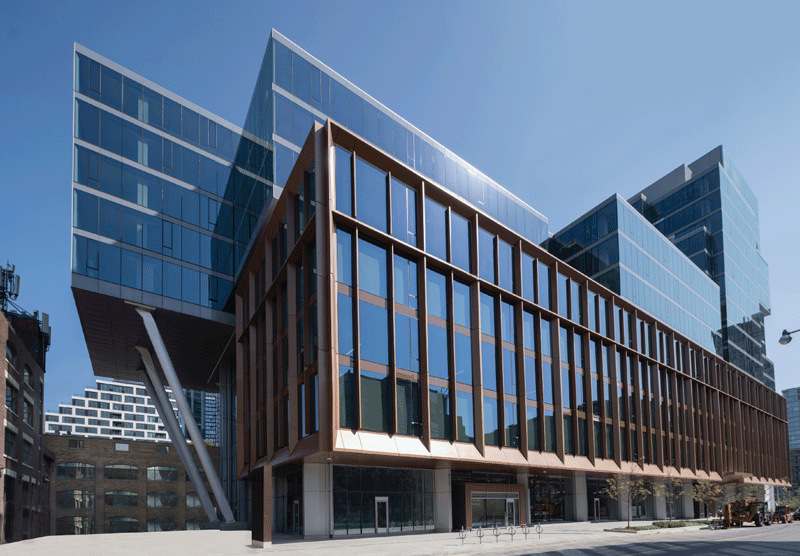
Stephan Moyon, President, VELUX North America on resilient design and circularity
Q1: How do VELUX products contribute to resilient construction and improved indoor environmental quality (IEQ)?
VELUX offers innovative skylight systems that promote healthy ventilation and leverage the natural beauty of daylight to transform interior spaces. We are passionate about making products that perform better and help people to perform better. Sunlight and fresh air have dramatic effects on IEQ and occupant health, from improved mood to increased productivity. At the same time, people spend about 90% of their time indoors in the northern hemisphere. These insights inspire our team to deliver solutions that bring the health benefits of fresh air and daylight into our clients' homes, schools, and offices.
Q2: Where do you think the greatest opportunities lie in advancing resilient design and construction as a norm for the building industry?
We see a big opportunity to take advantage of what we already have. Roughly 80% of North American buildings that will be standing in 2050 have already been built. The opportunities, therefore, lie in how we can transform these spaces, adapt them to our current needs, and upgrade their performance to meet our modern energy goals. Virgin materials are diminishing in supply due to overuse, and the built environment accounts for about a third of the world’s waste. Therefore, there is a great need for our industry to take advantage of the materials which already exist, through practices like urban mining and retrofitting. By focusing strategically on circularity, we can put less strain on our diminishing natural resources.
Q3: How can circular design make cities more resilient, affordable, and livable while also lowering carbon emissions?
Circular design allows us to transform spaces and buildings to keep up with our modern needs and uses, without imposing the high environmental and economic costs of new builds. Updating these spaces to our modern standards is not just desirable, but necessary. Data, such as the statistics pulled from the VELUX Group’s Healthy Building Barometer, shows that the values of resiliency, affordability, and livability are intertwined. For example, by improving the resilience of the built environment, less energy is required to maintain and operate these spaces. There are also clear benefits to sourcing recycled materials for lower carbon emissions as well as resource independence. We inherently become more flexible during periods of international instability by drawing from the resources and materials that are available to us now.
Q4: How does VELUX incorporate circularity into its business model?
We aim to integrate circularity throughout our value chain. We start by working to source materials with higher recycled content and embedding circularity principles into the product design process. At the same time, we are reducing waste in our own operations and beginning to transition our packaging in North America to recyclable, paper-based solutions. We’re expanding these efforts with some great pilot programs in Europe, such as a take-back service for older windows. We also conduct demonstration projects that highlight our circularity approach. For example, we recently renovated one of the buildings at our production facility in Denmark to convert it into what we call the LKR Innovation House. Our team was able to reuse more than 50% of the original materials associated with the building. For our team, circularity isn't just a mantra, it’s the foundation of all our business and product decisions.
Q5: What do you think the building industry needs to do to advance its circularity goals?
I think the building industry is a sector with many challenges and even more opportunities. There are barriers to our progress, though, in our culture and mindset. The tendency has been to ask, “what’s the next project?” or “where can we develop next?” But have we stopped to assess what we already have and how we can repurpose it to serve our evolving needs? Or when we build new—how can we do so with decreased impact. Considering not just the immediate future, but also longer-term, including changes in weather, usage of space, and other factors? Industry leaders have the opportunity to benefit from the value of what we already have by recycling materials and retrofitting spaces to align with the new reality and selecting products where circularity is taken into account. We have the technologies and the knowledge at our disposal—now it’s time to put them into action.










